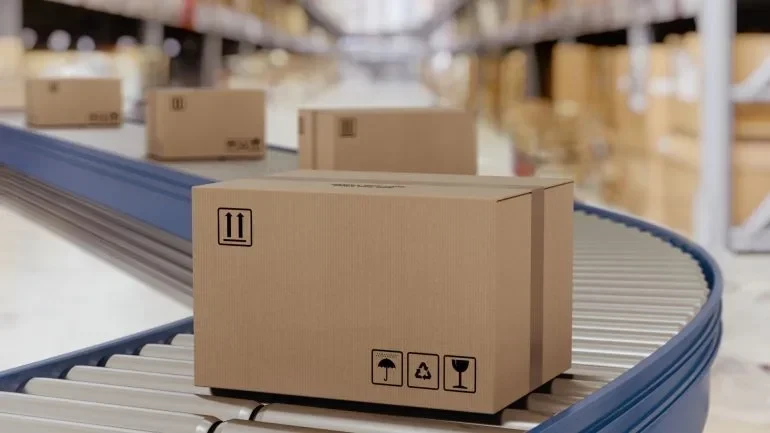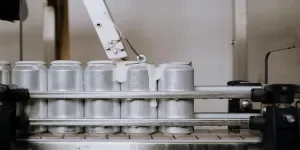Through a combination of innovative techniques and continuous improvement, companies can save costs, boost sustainability, and stay ahead in the market.

In the fast-paced world of manufacturing and distribution, efficiency is paramount. Lean packaging, an approach inspired by the principles of lean manufacturing, has emerged as a powerful strategy to streamline processes, minimise waste, and enhance productivity within the packaging industry.
By implementing lean principles, businesses can achieve cost savings, improve sustainability, and deliver greater value to both customers and stakeholders.
Understanding lean packaging
At its core, lean packaging is about eliminating activities that do not add value to the packaging process while maximising those that do.
Inspired by the Toyota Production System, which revolutionised manufacturing in the automotive industry, lean principles emphasise the importance of continuous improvement, waste reduction, and respect for people.
In the context of packaging, this means scrutinising every aspect of the packaging process, from design and materials sourcing to production and distribution, with the goal of identifying and eliminating inefficiencies.
By optimising workflows, reducing inventory, and standardising processes, businesses can streamline operations and deliver products to market more quickly and efficiently.
Key principles of lean packaging
- Value stream mapping: One of the foundational tools of lean packaging is value stream mapping. This involves visualising the entire packaging process, from raw materials to the end consumer, and identifying areas of waste and inefficiency. By creating a detailed map of the value stream, businesses can pinpoint opportunities for improvement and develop targeted strategies to eliminate waste and enhance value.
- Just-in-time production: Just-in-time (JIT) production is another key principle of lean packaging. Instead of stockpiling inventory, JIT aims to produce goods in response to customer demand, thereby minimising excess inventory and reducing the risk of obsolescence. By synchronising production with demand, businesses can reduce storage costs, improve cash flow, and respond more effectively to changing market conditions.
- Continuous improvement: Continuous improvement lies at the heart of lean packaging. By fostering a culture of continuous learning and innovation, businesses can identify new opportunities for improvement and adapt to evolving customer needs and preferences. Through techniques such as kaizen events and employee empowerment, organisations can engage employees at all levels in the pursuit of excellence, driving ongoing improvements in quality, efficiency, and customer satisfaction.
Benefits of lean packaging
The adoption of lean packaging offers a wide range of benefits for businesses, including:
- Cost savings: By eliminating waste and improving efficiency, businesses can reduce costs associated with materials, labour, and storage, leading to significant cost savings over time.
- Improved sustainability: Lean packaging promotes the efficient use of resources and minimises environmental impact, helping businesses reduce their carbon footprint and enhance their sustainability credentials.
- Enhanced quality: By standardising processes and implementing rigorous quality control measures, businesses can improve the consistency and reliability of their packaging, reducing defects and customer complaints.
- Faster time-to-market: By streamlining workflows and reducing lead times, lean packaging enables businesses to bring products to market more quickly, gaining a competitive edge in today’s fast-paced marketplace.
- Greater customer satisfaction: By delivering products more quickly and reliably, businesses can enhance customer satisfaction and loyalty, building stronger relationships with customers and driving repeat business.
Ultimately, lean packaging offers a powerful framework for businesses to enhance efficiency, reduce waste, and deliver greater value to customers.
By embracing the principles of lean manufacturing and applying them to the packaging process, businesses can achieve cost savings, improve sustainability, and gain a competitive edge in today’s dynamic marketplace.
Through continuous improvement and a commitment to excellence, lean packaging enables businesses to adapt and thrive in an ever-changing world.
Source from Packaging Gateway
Disclaimer: The information set forth above is provided by packaging-gateway.com independently of Alibaba.com. Alibaba.com makes no representation and warranties as to the quality and reliability of the seller and products.



